Bangalore, the capital of the Karnataka, is fifth largest city in India. The exact origin of Bangalore is not known, but it is believed that the city was founded somewhere in the 16th century. The year 2000 saw the introduction of Information Technology in Bangalore and since then, the city has not looked back. It has reaped the most out of the IT Boom in India and boasts of the highest concentration of IT companies in the country. Today, Bangalore is known as ‘The IT Capital of India’ and “The Silicon Valley of India’. The Bangalore city is also very famous for its amazing nightlife. Some of the most happening discotheques and pubs of the country are in Bangalore, making it one of the most happening cities in India.
In the year 1120 AD, the Hoysala King, Veera Ballala ruled the Deccan plateau or the South of India. On a hunting trip in the forest he lost his way. After a long search he met an old lady in the forest who offered him shelter for the night and served him some boiled beans for dinner. To show his gratitude to this lady for having saved his life, the King constructed a town and named it as Benda Kalooru which means town of boiled beans. Later in 1537, a local chieftain, Kempe Gowda helped design this town and give it its modern shape.

Vijayanagara and Kempe Gowda
Kempe Gowda Modern Bengaluru was founded by a feudatory of the Vijayanagara Empire, who built a mud fort in the year 1537. Kempe Gowda also referred to the new town as his “gandu bhoomi” or “Land of Heroes”.Within Bangalore, the town was divided into market. The town had two main streets: Chickkapete Street ran east-west and Doddapete Street ran north-south. Their intersection formed Doddapete square — the heart of then Bangalore. Kempe Gowda’s successor, Kempe Gowda II, built temples, tanks including Kempapura and Karanjikere tanks and four watching towers that marked Bengaluru’s boundary.
The four watchtowers built at the time in Bengaluru are still seen today in the following places which include:
Lal Bagh Botanical Garden
Kempambudhi Tank
Ulsoor Lake
Mekhri Circle
Sultanate of Bijapur
It was captured by the Maratha chief Shahaji Bhosale, father of Shivaji, then working for the Adil Shahi sultans of Bijapur in 1638. During the siege of Bengaluru, Shivaji’s elder brother Venkuji was killed by Shahaji’s rivals, led by the Ghorpade of Mudhol, for which Shivaji was to later exact revenge.
Mughal Influence
After conquering the Sultanate of Bijapur, the Mughals under the commandership of Khasim Khan, then arrived in Bengaluru, which was then ruled by Shivaji’s brother Veankoji/ Ekoji Bhonsale as a jagir of Bijapur in 1686; Vyankoji retreated further south.
The Mughals in turn sold Bengaluru to the Kingdom of Mysore’s ruler Chikkadevaraja Wodeyar in 1689 for three lakhs which he had originally negotiated with Venkoji / Ekoji Bhonsle. Bangalore was given as a personal Jahgir by the then Woedeyar King Immadi Krishna Raja Wodeyar to Haider Ali made in 1759. But by 1761 he had become a de facto Ruler and was proclaimed as the Saravadhikari of the Kingdom.
Hyder Ali and Tipu Sultan
When Hyder Ali died in 1782, his son Tipu Sultan deposed the weak Wodeyar, proclaimed himself Sultan. Under Tipu Sultan and Hyder Ali the state progressed economically and trade flourished with many foreign nations through the ports of Mangalore. Several attempts by the British to capture Bengaluru were repulsed by the Mysorean Army, most notably in 1768 when Hyder Ali forced Colonel Nicholson of the British Army to lift his siege of Bengaluru.
Bangalore fort was captured by the British armies under Lord Cornwallis on 21 March 1791 during the Third Anglo-Mysore War and formed a centre for British resistance against Tipu Sultan,being incorporated into the British Indian Empire after Tipu Sultan was defeated and killed in the Fourth Anglo-Mysore War (1799). Bangalore is the permanent home of this Indian Army regiment since the mid-nineteenth century.

Wodeyars and British East India
Lady Curzon hospital in the Bengaluru Cantonment was established in 1864 and later named after the first wife of the Viceroy of India, Lord Curzon.Upon the passing of Tipu Sultan, the Wodeyars returned to the throne of Mysore, and therefore Bengaluru, although only as figureheads. Bengaluru remained part of British East India until Indian independence in August, 1947.After Indian independence in August 1947, Bangalore remained in the Mysore State of which the Maharaja of Mysore was the Rajapramukh.Bangalore continued to be the capital of the unified and linguistically homogeneous Kannada-speaking new Mysore state that was created in 1956, and renamed to Karnataka in 1973.
The Places built at the time in Bengaluru are still seen today in the following places which include:


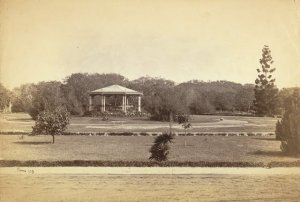
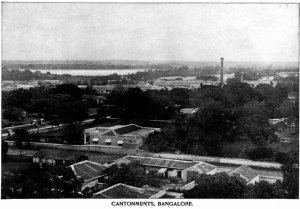


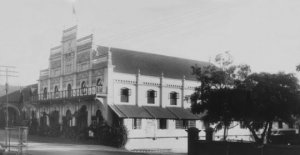
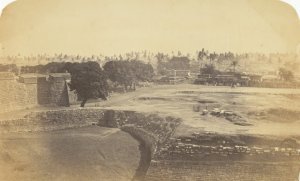
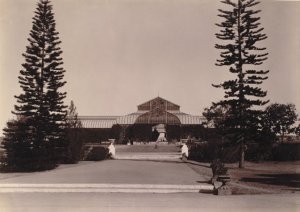

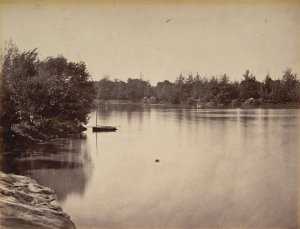

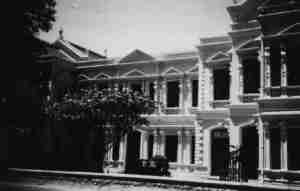

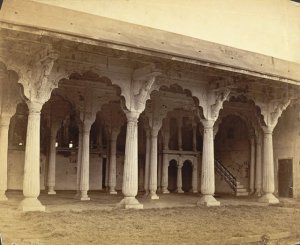

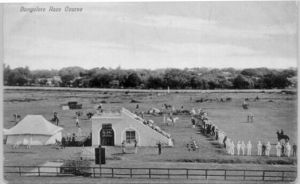


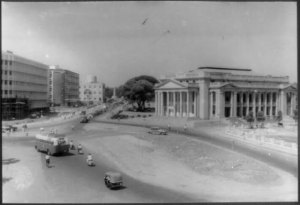
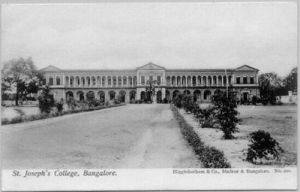

Source : Wikipedia & ReckonTalk

TAGS:
history of bangalore,bangalore palace history,bangalore fort history,historical sites in bangalore,historical museum in bangalore
